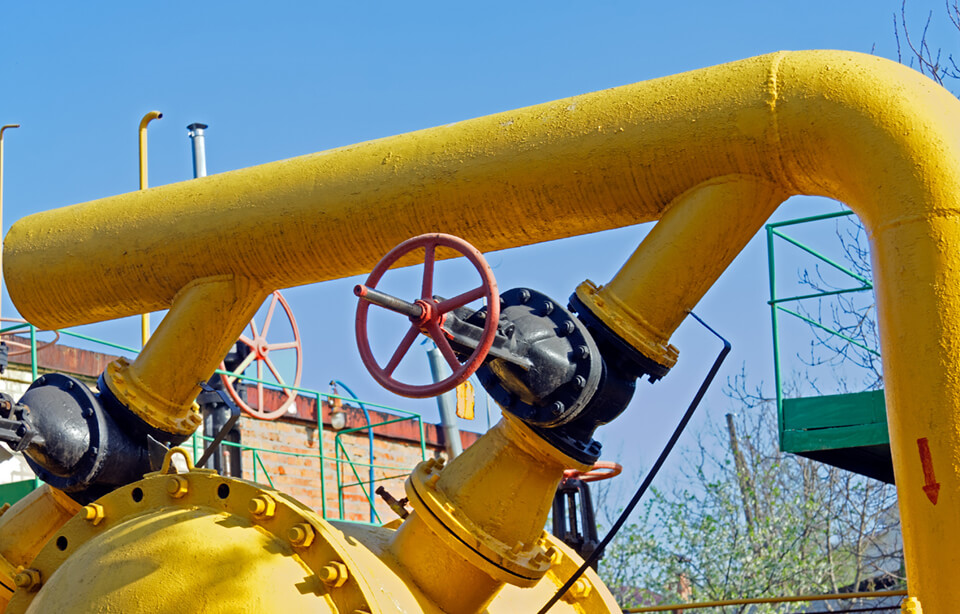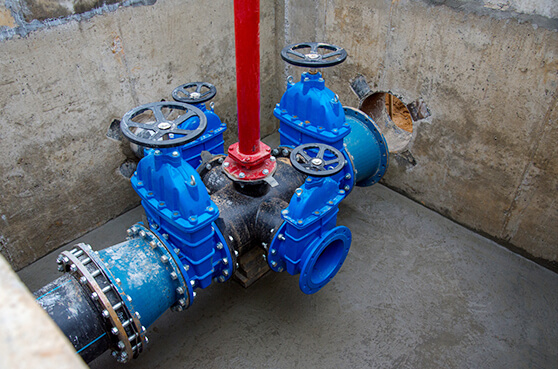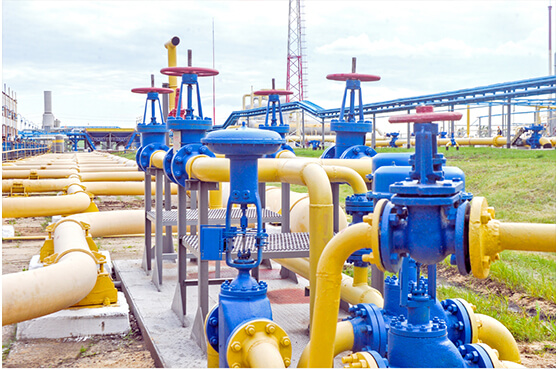Case

Case

Due to the long pipeline, wide distribution, coupled with the rapid opening or closing of the valve, resulting in oxygen pipeline and valve combustion and explosion accidents occur from time to time, so a comprehensive analysis of oxygen pipelines and cold doors exist hidden dangers, dangers, and take the appropriate measures is essential.

This situation is related to the type of impurities, particle size and airflow speed, iron powder is easy to combustion with oxygen, and the finer the particle size, the lower the ignition point; the faster the gas speed, the more likely to combustion.
The ignition points of several combustible substances in oxygen (at atmospheric pressure).
| Combustible name | Ignition point (℃) |
| Lubricating oil | 273 ~ 305 |
| Steel paper pad | 304 |
| Rubber | 130~170 |
| Fluoroelastomer | 474 |
| Trichloroethylene | 392 |
| Polytetrafluoroethylene | 507 |
For example, before the valve for 15MPa, the temperature is 20 ℃, after the valve for atmospheric pressure 0.1MPa, if the valve will be opened quickly, after the valve oxygen temperature according to the adiabatic compression formula can reach 553 ℃, which has reached or exceeded the ignition point of some substances.
Oxygen piping and valves in high-pressure pure oxygen, the danger is very large, the test proves that the detonation of the fire can be inversely proportional to the pressure squared, these constitute a great threat to the oxygen piping and valves.


Design should be in line with the 1981 Ministry of Metallurgy issued by the "iron and steel enterprises oxygen pipeline network of a number of provisions", as well as "oxygen and related gases safety technical regulations" (GB16912-1997), "oxygen station design specifications" (GB50030-91) and other regulatory standards requirements.
(1)The maximum flow rate of oxygen in carbon steel tubes shall be in accordance with
The maximum flow rate of oxygen in carbon steel tubes:
| Working pressure (MPa) ≤0.1 | Flow rate (m/s) 20 |
| 0.1~0.6 | Flow rate (m/s) 13 |
| 0.6 ~1.6 | Flow rate (m/s) 10 |
| 1.6~3.0 | Flow rate (m/s) 8 |
(2)To prevent fire, after the oxygen valve, all should be connected to a section of copper-based alloy or stainless steel piping whose length is not less than 5 times the diameter of the pipe and not less than 1.5m.
(3)Oxygen pipeline should be set up as few elbows and bifurcation head, working pressure higher than 0.1MPa oxygen pipeline elbow, should be taken to stamping into valve type flange production. Bifurcation head of the airflow direction, should be 45 ° to 60 ° angle with the direction of the main airflow.
(4)In the butt welding concave and convex flanges, the use of purple copper welding wire for O-ring seal is a reliable form of seal for flanges for oxygen with flame resistance.
(5)Oxygen piping should have a good device for conducting electricity, the grounding resistance should be less than 10Ω, and the resistance between flanges should be less than 0.03Ω.
(6)The end of the main oxygen pipeline in the workshop should be equipped with a release pipe to facilitate the blowing and replacement of oxygen pipeline, and a filter should be set before the longer oxygen pipeline enters the workshop regulating valve.
(1) All parts in contact with oxygen should be strictly degreased and blown clean with dry air or nitrogen without oil after degreasing.
(2) Welding should be done by argon arc welding or electric arc welding.
(1)The oxygen valve should be switched on and off slowly, the operator should stand on the side of the valve and open it once in place.
(2)It is strictly forbidden to use oxygen to blow the pipeline or use oxygen to test the leakage and pressure.
(3)Implement the operation ticket system, and make more detailed descriptions and provisions for the purpose, method and conditions of operation in advance.
(4)The manual oxygen valve with a diameter greater than 70mm is only allowed to operate when the pressure difference between the front and rear of the valve is reduced to within 0.3MPa.
(1)Oxygen pipeline should be frequently checked and maintained, rust removal and painting, once every 3 to 5 years.
(2)The safety valve and pressure gauge on the pipeline should be calibrated regularly, once a year.
(3)Improve the grounding device.
(4)Before starting the fire operation, should be replaced, blowing, blowing out the oxygen content in the gas in 18% ~ 23% for qualified.
(5)Valves, flanges, gaskets and pipes and fittings should be selected in accordance with the relevant provisions of the Technical Regulations for the Safety of Oxygen and Related Gases (GB16912).
(6)Establish technical files and train operation, overhaul and maintenance personnel.
(1)Increase the importance of safety for construction, maintenance and operation personnel.
(2)Improve the vigilance of management personnel.
(3)Improve the level of science and technology.
(4)Continuously improve the oxygen delivery programme.
The real reason for banning the gate valve is actually because the sealing surface of the gate valve in the relative movement (i.e. the opening and closing of the valve) will be caused by friction and abrasion damage, once damaged, there is "iron powder" from the sealing surface off, so small particles of iron powder can easily catch fire and burn, which is the real danger.
In fact, the oxygen pipeline banned gate valve, other shut-off valve as there are accidents, the sealing surface of the shut-off valve will be damaged, the same may happen danger, many companies experience is that all oxygen pipeline using copper-based alloy valves, not carbon steel, stainless steel valves.